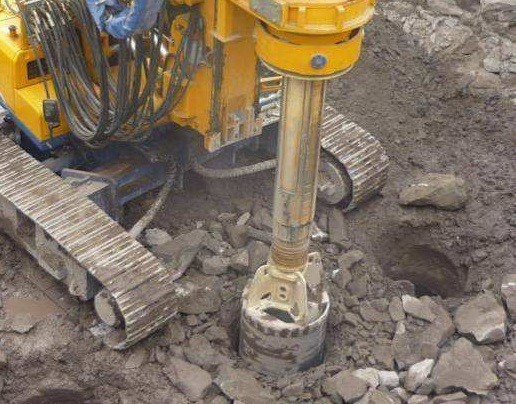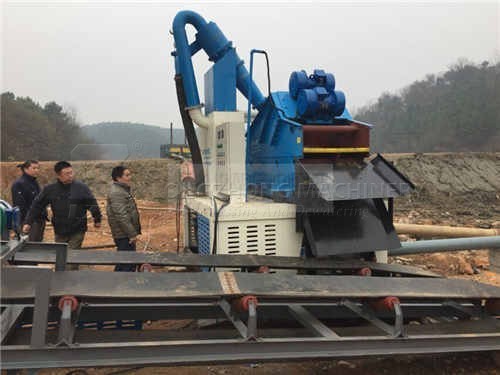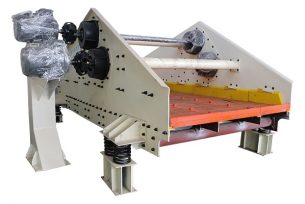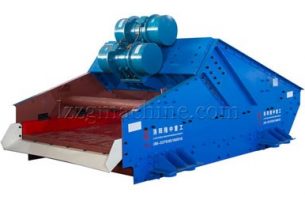The function and development history of drilling fluid
 November.13,2018
November.13,2018
Drilling fluid is a general term for various circulating fluids that meet the needs of drilling operations with various functions during drilling. Drilling fluid is the blood of drilling, also known as drilling flushing fluid. Drilling fluid can be divided into clean water, mud, non-clay phase washing liquid, emulsion, foam and compressed air according to its composition.
Clearwater is the earliest drilling fluid, which requires no treatment and is easy to use. It is suitable for areas with complete rock formations and sufficient water sources. Mud is a widely used drilling fluid, which is mainly suitable for unstable rock layers such as loose, cracked development, easy to collapse, and water swelling and spalling.
In the early stages of rotary drilling, the main function of the drilling fluid is to carry the cuttings from the bottom of the well to the ground.

Introduction to the development history of drilling fluid
1. Initial formation period: From 1888 to 1928, rotary drilling began and was initially drilled with clean water.
2. Rapid development period: from 1928 to 1948, it was found that mud with sand has better carrying capacity than clear water.
better. Thus, finely dispersed drilling fluid appears and a simple treating agent is used.
3. High-speed development period: From 1948 to 1965, the shortage of finely dispersed mud was found: the resistance to intrusion was poor.
Therefore, it has developed into a coarsely dispersed drilling fluid which is treated with calcium and moderately flocculated.
4. Scientific optimization period: From 1965 to now, high-pressure jet drilling requires a low solid phase, so the polymer does not disperse low-solid phase drilling fluid.
lzzg drilling fluids purifying device
At present, drilling fluids are recognized as having at least the following effects:
(1) Clean the bottom of the well and carry cuttings. Keep the bottom of the well clean, avoid repeated cutting of the drill bit, reduce wear and improve efficiency.
(2) Cool and lubricate the drill bit and the drill string. Reduce the temperature of the drill bit, reduce the wear of the drill and increase the service life of the drill.
(3) Balance the rock side pressure of the well wall to form a filter cake on the well wall to close and stabilize the well wall. Prevent pollution of oil and gas layers and the collapse of the borehole wall.
(4) Balance (control) formation pressure. Prevent blowout, leaks, and prevent formation fluid from contaminating the drilling fluid.
(5) Suspended cuttings and weighting agents. Reduce the rate of cuttings and avoid sanding.
(6) Can remove sand and cuttings on the ground.
(7) Effective delivery of hydraulic power. The power required to deliver the downhole power drill and the hydraulic power of the drill bit.
(8) Withstand part of the gravity of the drill pipe and casing. The buoyancy of the drilling fluid to the drill and casing reduces the load on the hoisting system during the drilling.
(9) Provide a large amount of information on the stratum being drilled. The drilling fluid can be used for electrical logging, cutting logging, etc. to obtain downhole data.
(10) Hydraulically breaking rocks. The high-speed jet formed by the drilling fluid through the nozzle can directly break or assist in breaking the rock.





